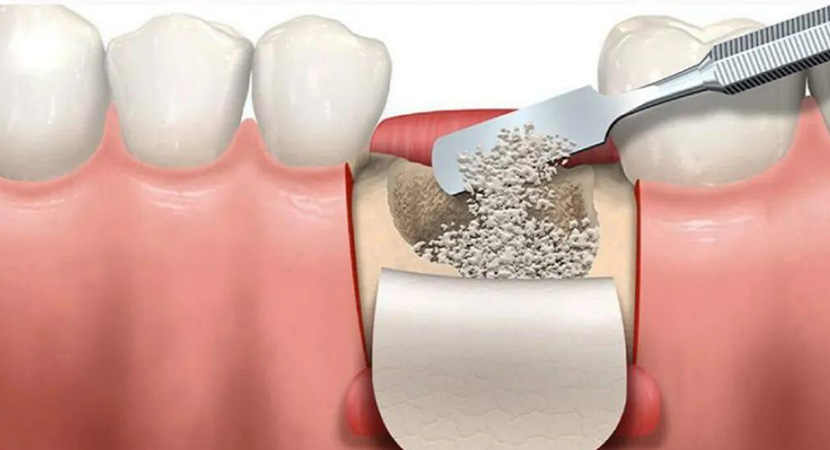
Bone Graft (Bone Powder)
The Bone Powder, placed as a bone graft, facilitates the formation of new bone tissue in the area where the implant will be placed to increase the stability and lifespan of the implant screw.
One of the most important conditions for successful implant treatment is the presence of sufficient and high-quality bone tissue to support the stability of the screw in the area where implantation is applied.
But what happens if you don't have enough bone?
There's no need to worry. Bone Grafting is one of the most successful procedures used safely for many years.
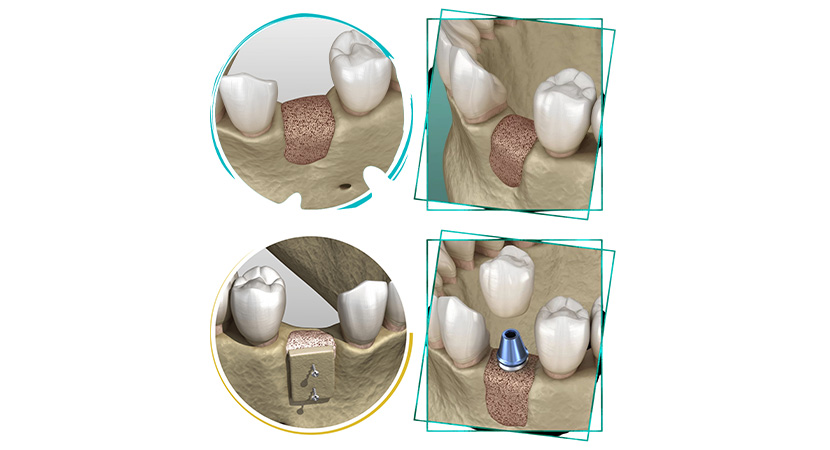
What is a Bone Graft?
Bone Graft (Bone Powder)
These are biocompatible materials used to fill in defective and damaged areas in the bone or to increase the amount of bone, serving as a scaffold and filler for the body to create new bone.
It is generally accepted that it is easier to increase the width of the jawbone than its length. Therefore, the direction in which the bone should be increased affects the success of the treatment.
Previously, screws wider than 4 mm and longer than 10 mm were considered safe. However, short/narrow implants produced with today's technology provide very high success rates in cases of insufficient bone presence.
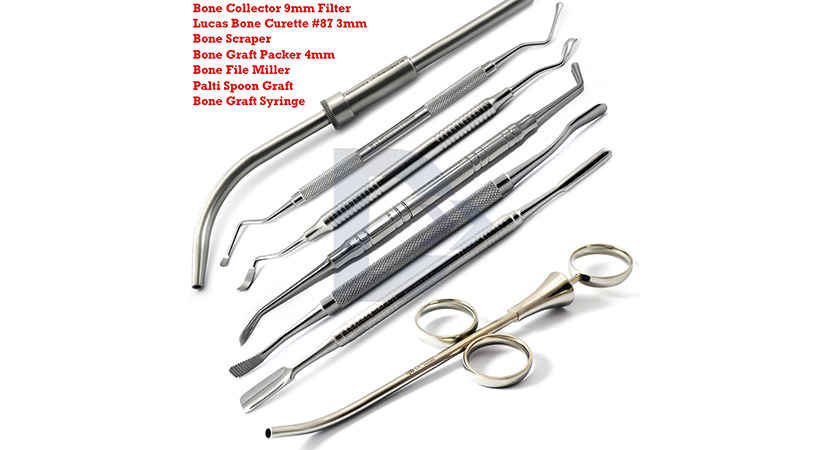
How is Bone Powder obtained?
Bone Powder is obtained in various ways. It can be synthetic or natural.
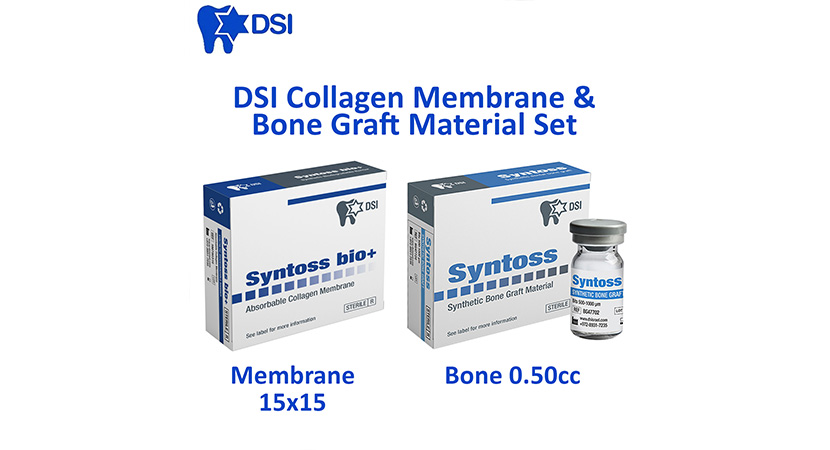
Synthetic Bone Grafts
These are biomaterials obtained through chemical processes that, when in contact with human tissue, promote bone formation in that area and prevent the filling of the void with soft tissue.
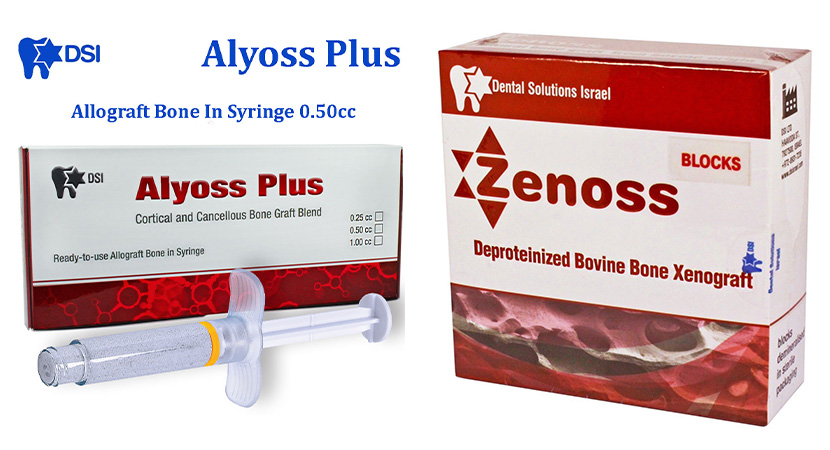
Human-Origin Bone Grafts
These are biomaterials used after specific processes of sterilization and purification of cadaveric bone. Although not widely used in dentistry, they are widely used in other branches of medicine.
Animal Source
Bone grafts from bovine origin are used very frequently in dentistry. Bones from specially raised animals in a sterile environment are cleansed of their proteins and packaged after several stages of sterilization processes, then provided to the doctors.
They are completely reliable because the animals are raised specifically for this purpose. There is no risk of infectious diseases. Since natural bone tissue is used, the body accepts it more quickly. Thanks to its microporous structure, it rapidly encapsulates blood cells, leading to rapid integration.
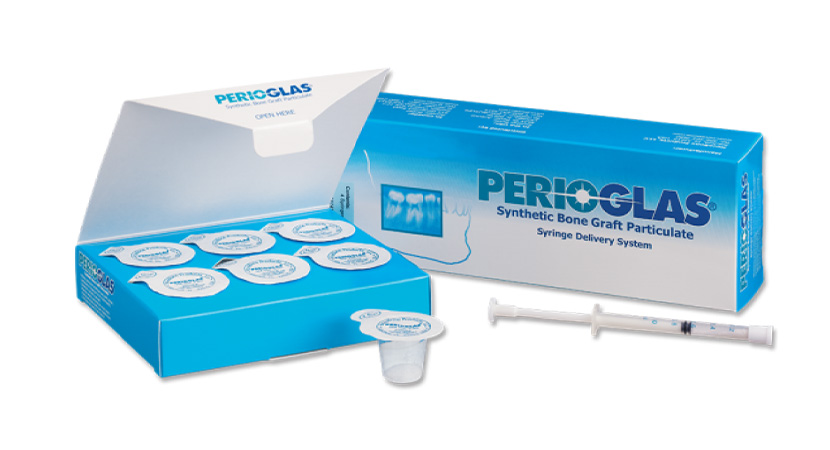
Autogenous Bone Graft
The most ideal bone graft to be used in procedures with bone powder is the one obtained from the person's own bone. It is usually obtained from another part of the jaw, from the chin, prepared during implant placement, from the hip bone, and rarely from the skull bone.
Healing occurs very quickly, making it the most reliable bone graft. A second operation is needed to obtain additional grafts from the person's own bone. Since this is a situation that patients do not desire, synthetic or animal bone powders are used.
What are the prices of Bone Powder?
Regarding the prices of bone powder, it's important to note that determining the total cost of treatment depends on the quantity of graft material used during the procedure. Larger areas may require more application of biomaterial. Therefore, the prices for bone powder (hard tissue grafting) depend on the extent of bone loss and the quantity needed in your specific case.
When is Bone Grafting surgery performed?
Bone grafting surgery is performed when there is not enough bone in the area where the implant will be placed, when the screw needs to be placed in the same session as tooth extraction, during sinus lift procedures before implant placement, or during tooth extractions that cause chronic inflammation and remain in the mouth for a long time, causing bone resorption.
The most important factor ensuring the success of implant placement is that the jawbone in the area where it will be placed is sufficient, dense, hard, and solid.
The cells contained in the bone graft assist in faster healing of the area and increase bone volume, thanks to the substances necessary for bone formation and growth. This process is called "bone augmentation." Thanks to the application of a bone graft, these applications can now be successfully performed in many cases where implants could not be applied in the past.
In cases where the thickness and/or height of the bone are low in the area of the bone where the implant tooth is planned, the desired amounts of bone can be achieved with regenerative bone surgeries.
Dental Bone Powder and post-operative care
During the first few days after surgery, pressure on the applied area should be avoided. Opening the sutures may compromise the applied bone graft and lead to failure through infection. Additionally, smoking delays healing and bone development. In many risky cases, quitting smoking can increase the success of the treatment.
Frequently Asked Questions
How long does it take to apply Bone Graft to the teeth?
This is a procedure that takes about 10-45 minutes, depending on the type of procedure being performed. Sinus elevation or block grafting may take longer. The healing time for the implanted bone is between 4 and 8 months.
How does the price of Bone Graft vary?
Whether the graft used is of synthetic, animal, or human origin influences the price. Additionally, bone graft is a biomaterial that is expensive compared to its weight. There is a significant price difference between the cost of a 0.5cc graft and a 2cc bone graft.


